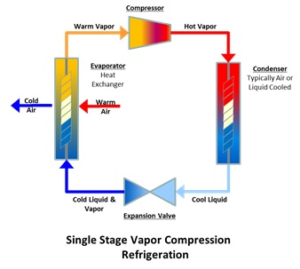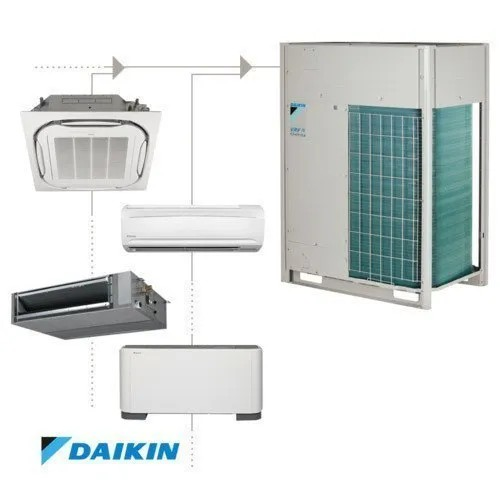How can I cool without a compressor?
Beating the heat without a compressor requires some creativity and might not deliver the same level of cooling as a traditional air conditioner. Here are some methods to consider, depending on your situation:
Evaporative Cooling:
- Evaporative Cooler (Swamp Cooler): This is a popular option in dry climates. It works by pulling in hot, dry air, passing it through water-soaked pads, and then blowing out the cool, moist air. However, it’s not effective in humid environments where evaporation is limited.
Passive Cooling Techniques:
- Air Circulation: Utilize fans (ceiling, table, or standing) to circulate air and create a windchill effect. Open windows at night when the outside air is cooler.
- Shading: Block sunlight from entering your windows with curtains, blinds, awnings, or exterior shading solutions. This significantly reduces heat gain inside your space.
- Natural Ventilation: Open windows and doors on opposite sides of your living space to create a cross breeze, especially during cooler evening hours.
- Clothing: Wear loose, light-colored, and breathable clothing fabrics like cotton or linen.
Other Options:
- Ice Cooling: While not a long-term solution, placing bowls of ice strategically in front of fans can provide a temporary cooling effect. However, this is impractical and can lead to increased humidity.
- Ground Cooling: Spend time in cooler areas like the basement or shaded lower floors of your house.
Remember:
- The effectiveness of these methods depends on your climate and the level of cooling you desire.
- Combining these techniques can often provide better results.
For long-term solutions in hot and humid climates, consider investing in a high-efficiency compressor-based air conditioner.


